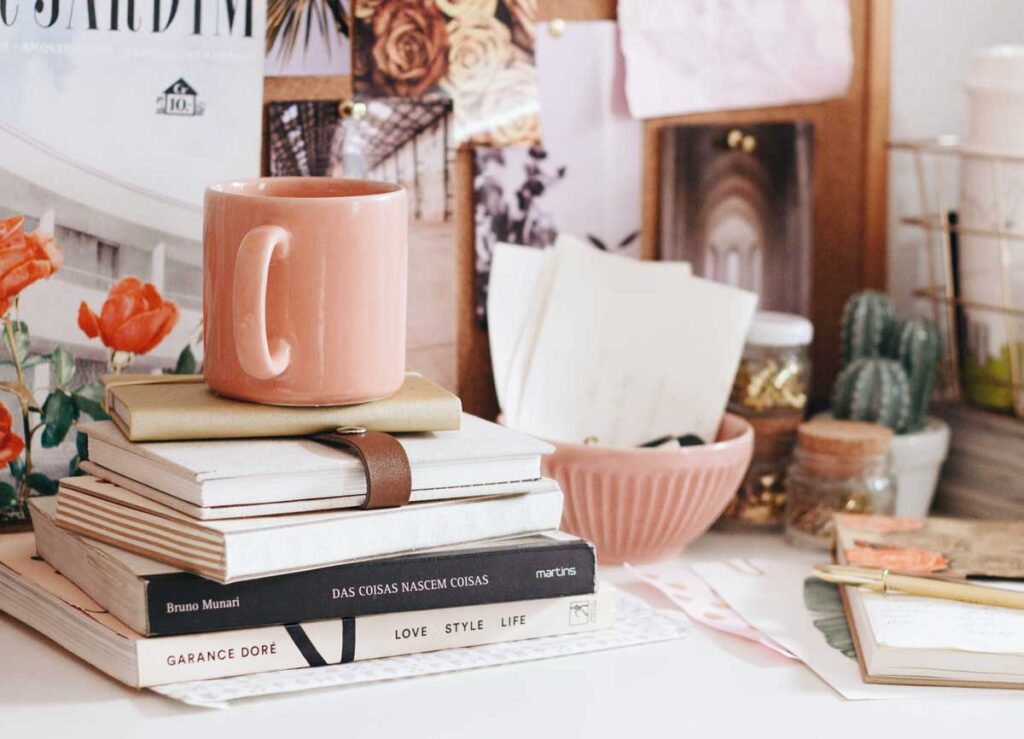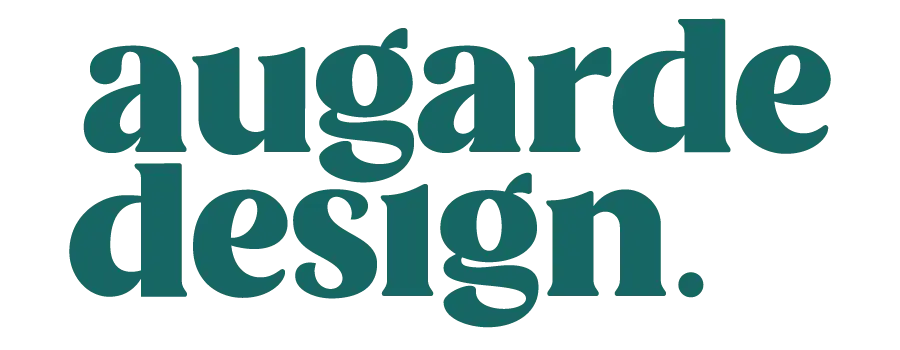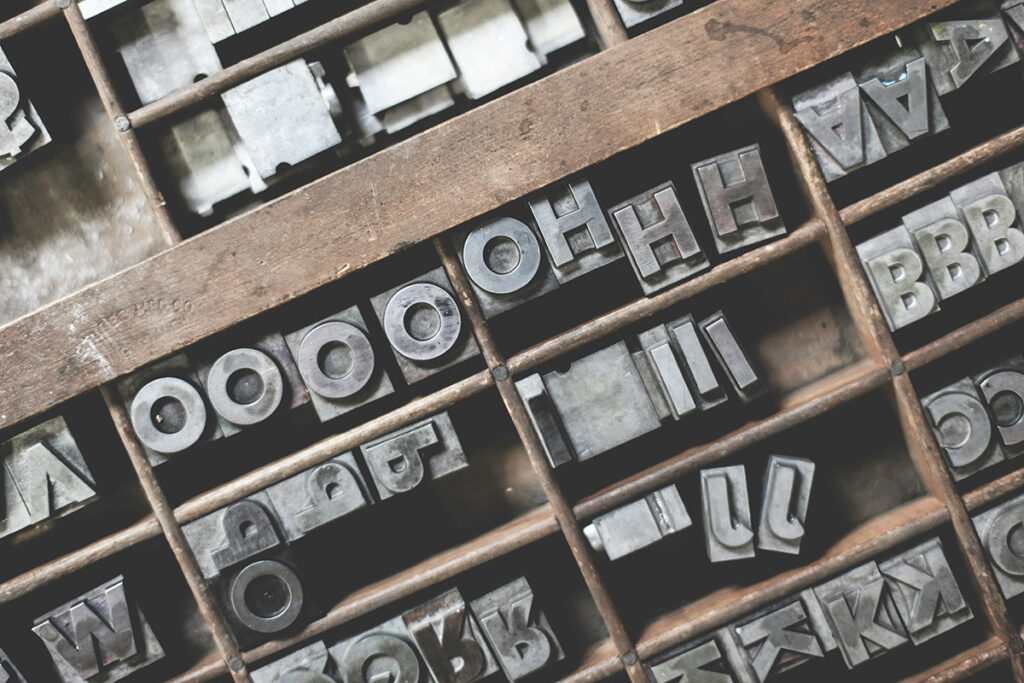Five things I learned as a creative freelancer in 2021
2021 has been my first full year running my own business. I’ve learned a lot, and I’m looking forward to continuing to learn and grow my business as a freelance graphic designer in 2022!
Here are just a few of things I learned this year:

Make time to grow your business
Don’t spend all your time doing the work of your business, put some time aside to work ON your business.
I took part in the Creative Sector Growth scheme (run by the West of England Combined Authority), and it’s allowed me to meet so many inspiring creative people, and think about how I can scale up my business for the future.
You can also do this by learning new skills. Sign up to email newsletters, join facebook groups, or reach out to people in your niche. Putting some time in your calendar each week, to think about the future of your business is also really helpful.

Community is important
I won’t lie, feeling a sense of community in a pandemic is definitely tricky. But it’s so worth taking the time to join or build these groups. Being a sole-trader can be lonely, and being part of a community can be so valuable from a practical standpoint (to ask why about the strange quirks of adobe programs), for support, resources, and from a wellbeing perspective.
One of my favourite communities has grown from a International Women’s Day online get-together, from women in the Student Union sector. We’ve since met once a month online, and it’s a really supportive and friendly group.
The Creative Sector Growth scheme has a regular peer-to-peer group, which has been great to meet local small businesses in the same boat.
I’m also part of lots of facebook groups, whatsapp threads for professionals in my industry, and I am looking forward to joining a local co-working group at some point in the next year.
Set boundaries
It’s important to be firm with boundaries for yourself – make sure you’re maintaining work/life balance. But also boundaries with your clients.
I’ve gotten better at pushing back when the scope of project has creeped beyond what was agreed, sticking to schedules, and ensuring contracts are signed.
It does feel hard to do in the moment, but if neglected things get a lot more tricky and stressful!
Using a contract really helps with this. Here’s an open source contract template which you can amend to suit you.

Get clear on your values
When I was employed as designer in-house, I could dismiss the ten wild new schemes I had a day, because I physically didn’t have the time to take on another side hustle.
But being self-employed, there was nothing to stop me pursuing any number of weird and wonderful ideas. For a time I felt overwhelmed with the sheer possibilities.
But working with my creative business coach has helped me get clear on my values. And so I’m already less inclined to chase every idea I have, particularly if they don’t resonate with my core values and those of my business.
Money money money
This is the tricky bit. I’m not naturally interested in the finance side of things. I’d really rather think about the business of making things look fabulous thanks.
But I was passed on some basics by several friends and family who are self employed, and they have so far gotten me through. And so, I pass them onto you:
- Put money aside for tax each month, into a separate account. Around 30% of your income is a good shout.
- Track everything. Exel spreadsheets with colour coded columns and tabs are your friend.
- Use a contract which outlines your payment schedule (I recommend 14 days), with a late fee
- Use an accountant or book keeper if you possibly can. This is the best investment I made all year.
I hope this is helpful for anyone else starting out as a freelance creative or small business!




